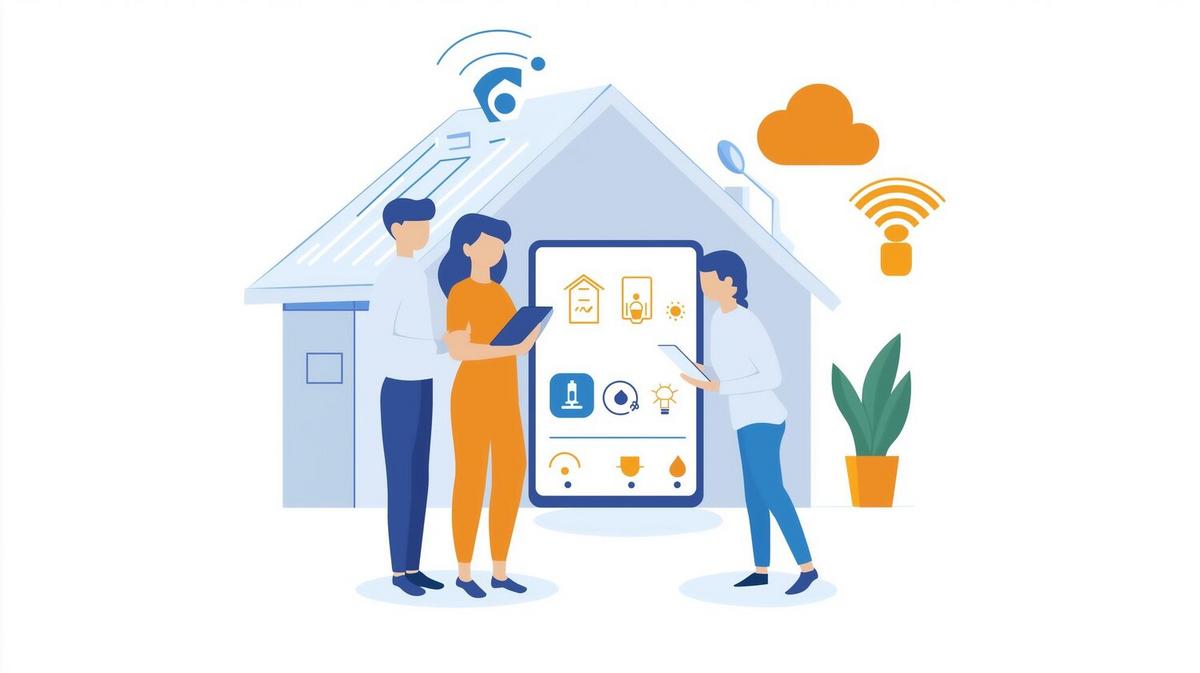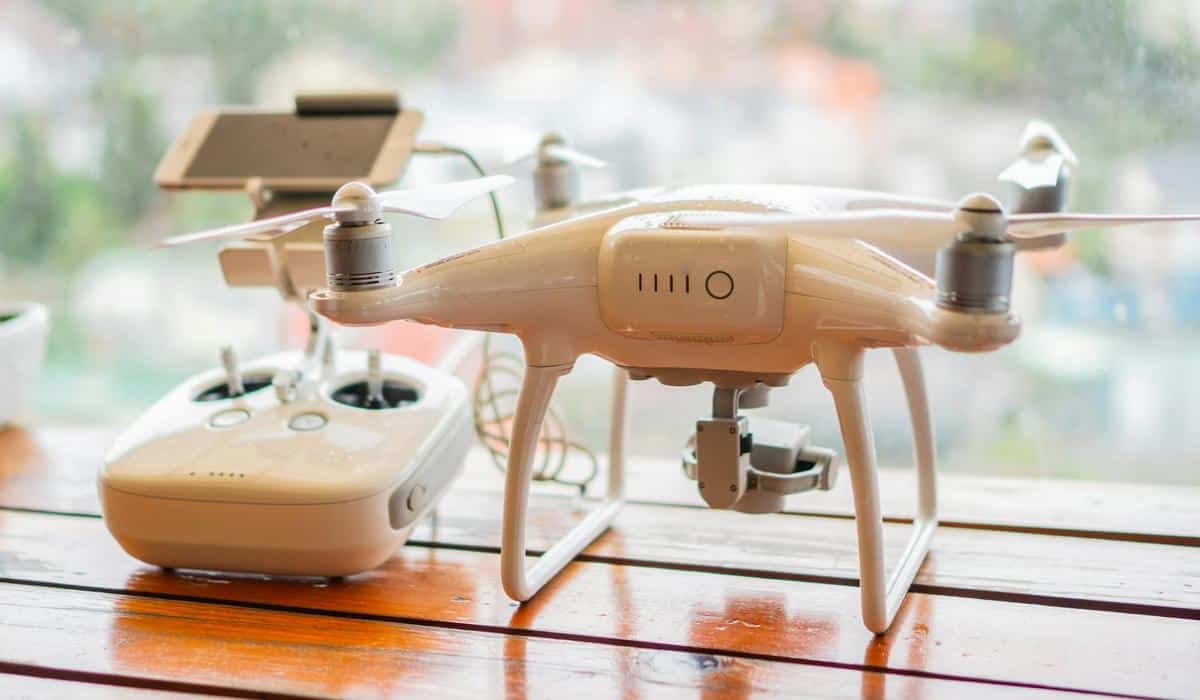
The Latest Innovations in Smart Home Technology
As technology continues to evolve at an unprecedented rate, the concept of a smart home has shifted from a futuristic dream to an accessible reality for many homeowners. Smart home technology, equipped with the latest innovations, promises to enhance our living spaces by making them more efficient, secure, and comfortable.
With a growing interest in smart devices, the market is witnessing a surge in innovations designed to transform our homes. According to a report by Statista, the smart home market is projected to surpass $141 billion by 2023, underscoring the rapid adoption of these technologies. But what exactly are these innovations, and how can they benefit you? Let’s delve deeper into some of the latest advancements in smart home technology.
Smart Speakers and Voice Assistants
Smart speakers have become a staple in many households, allowing for hands-free operation of various devices. These speakers, integrated with voice assistants, not only play music but also control other smart gadgets, set reminders, and answer queries. A survey by Consumer Technology Association reveals that 31% of U.S. households own a smart speaker, highlighting their growing popularity.
Intelligent Lighting Systems
Gone are the days of manually flipping switches. Intelligent lighting systems allow you to control your home’s lighting through your smartphone or voice commands. These systems can also adjust lighting based on your preferences or time of day, helping you save energy and enhance ambiance.
Advanced Security Solutions
Modern security systems offer more than just alarms; they provide comprehensive surveillance and monitoring capabilities. From doorbell cameras to smart locks, these innovations ensure that your home remains secure, even when you’re miles away. A study by MarketsandMarkets predicts that the global smart home security market will reach $4.37 billion by 2026.
Smart Thermostats
Smart thermostats are designed to optimize heating and cooling in your home. They learn your schedule and preferences, ensuring maximum comfort while reducing energy bills. According to Energy Star, smart thermostats can save you about 8% on heating and cooling bills annually.
Connected Kitchen Appliances
The kitchen is not left behind in the smart home revolution. From refrigerators that track groceries to ovens that can be preheated remotely, connected appliances are making cooking more convenient. These devices aim to enhance efficiency and reduce waste in the kitchen.
| Feature | Description |
|---|---|
| Smart Speakers | Control devices with voice commands |
| Intelligent Lighting | Adjust lighting remotely and save energy |
| Security Solutions | Comprehensive home monitoring |
| Smart Thermostats | Optimize heating and cooling |
| Connected Appliances | Enhance kitchen efficiency |
| Energy Management | Monitor and reduce energy usage |
| Smart Hubs | Centralize control of all devices |
| Home Entertainment | Streamline media access |
Energy Management Systems
As energy conservation becomes increasingly crucial, smart energy management systems are gaining traction. These systems monitor energy consumption and provide insights to help reduce excess use. Implementing such systems can lead to significant savings and a reduced carbon footprint.
Consider investing in a smart hub to centralize control of all your smart home devices. This can simplify management and improve overall efficiency.
Conclusion
The innovations in smart home technology are reshaping how we interact with our living spaces. By integrating these devices, homeowners can enjoy increased convenience, security, and energy efficiency. As the technology continues to advance, it’s essential to stay informed and consider how these innovations can enhance your lifestyle.
Frequently Asked Questions
How does smart home technology work?
Smart home technology uses internet-connected devices to automate and control various functions in your home, such as lighting, security, and climate control.
Are smart home devices secure?
While smart home devices offer enhanced security features, it’s essential to use strong passwords and keep your devices updated to protect against potential threats.
Do I need a smart hub for my devices?
While not mandatory, a smart hub can centralize control, making it easier to manage multiple devices from one location.


